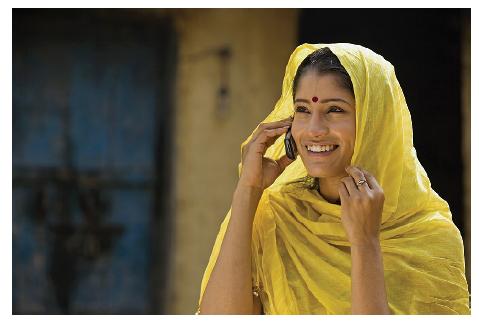Poverty in India is a major issue, especially in rural areas, where around two-thirds of the countrys
Question:
Poverty in India is a major issue, especially in rural areas, where around two-thirds of the country’s population lives. Around half of India’s population is employed in the agriculture sector, and more than 58 percent of rural households are dependent on agriculture as their primary source of livelihood.
Most of the rural population in India is engaged in smallholder subsistence agricultural production. Mostly consisting of small farmers, this demographic is unlikely to engage with agriculture-related technology or information. Moreover, such farmers do not have adequate access to credit, insurance, or marketing services. If these services were to be provided properly, the levels of crop productivity and profitability are apt to rise.
In an effort to provide adequate and easily accessible financial infrastructure, the Indian government is pursuing efforts to digitalize the agriculture sector. A primary reason behind this strategy is that around 70 percent of farmers in India own a mobile phone, and this allows the government to offer digital finance to this sector. Through digital finance, mobile payments provide a secure and cost-effective method for financial transactions in the agricultural sector, particularly for smallholder farms.
Mobile phones can connect farmers through a digital platform to help them consolidate their bargaining power and sell their crops at better prices to buyers all over India. Farmers can also secure immediate reimbursement from buyers as they use mobile wallets instead of cash.
Similarly, banks dedicated to rural credit and microfinance can benefit from lower administrative costs and fewer cash transactions. This, in turn, can give unbanked farmers access to loans as lenders can start to assess credit risk. Moreover, the Government would be able to increase its resources through tax collection as all payments and transactions can now be traceable.
Many developing nations have successfully designed schemes to use mobile phones to generate and disseminate information from geo-imaging services, akin to Google Earth, to warn farmers against weather conditions such as droughts, storms, or heat waves. A 2016 report from the McKinsey Global Institute found that the full adoption of digital finance could increase the collective GDPs of all developing economies by a total of €3 trillion and create up to 95 million jobs by 2025.

Questions
With the help of aggregate demand and aggregate supply diagrams, explain the impact of digital finance on the price and quantity of agricultural products.
Step by Step Answer:

Principles Of Macroeconomics
ISBN: 9781292303826
13th Global Edition
Authors: Karl E. Case,Ray C. Fair , Sharon E. Oster





